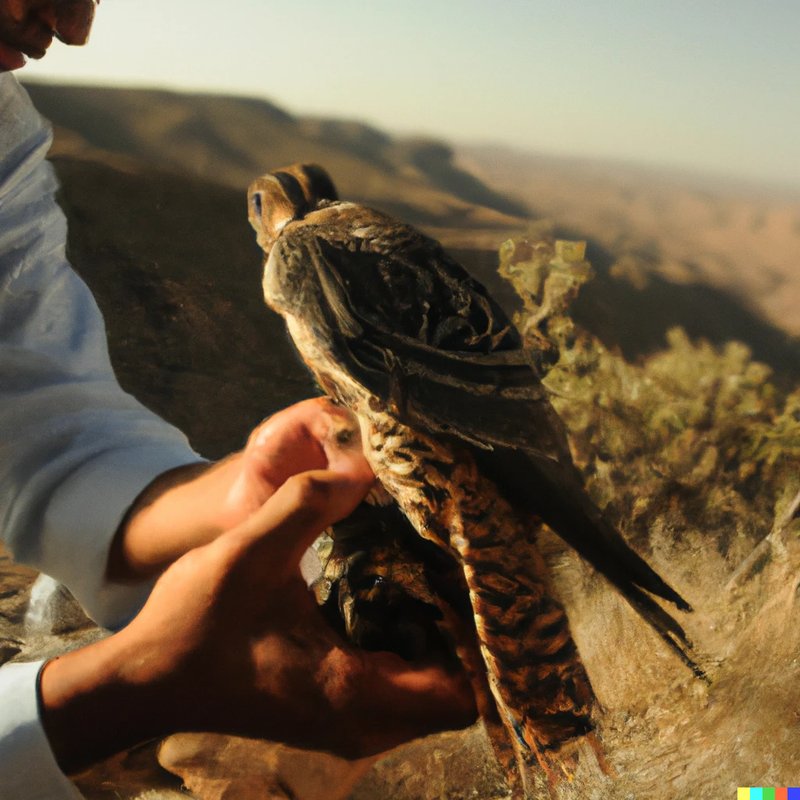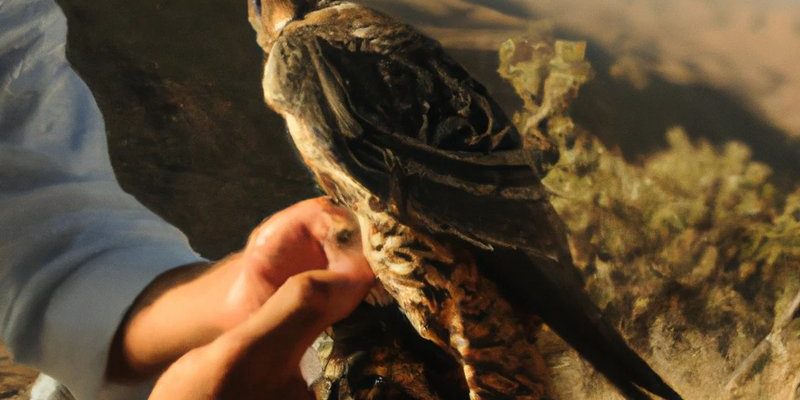
Conservation efforts around the globe are crucial for the survival of falcons. These efforts range from habitat protection to legislation aimed at reducing hunting and poisoning. Understanding why falcons are endangered and what measures are being taken can inspire us all to protect these incredible birds. Let’s dive deeper into the world of falcon conservation, explore the challenges they face, and discover how we can contribute to their survival.
Understanding Falcon Species at Risk
There are around 60 different species of falcons worldwide, but not all of them are equally vulnerable. Some, like the Peregrine Falcon, have shown remarkable resilience to threats thanks to dedicated conservation efforts. Others, such as the California Condor, are critically endangered. This raises the question: what makes some falcons more susceptible than others?
Firstly, habitat loss is a significant factor. Urban development, agriculture, and deforestation have led to the destruction of nesting and hunting grounds. For example, the Mediterranean Basin has seen a decline in the numbers of lesser kestrels due to shifts in farming practices. Not only do falcons need access to open spaces for hunting, but they also rely on specific types of habitats to nest and raise young.
Secondly, environmental pollutants pose a severe threat. Pesticides and heavy metals can accumulate in the food chain, impacting falcon health. High levels of DDT, for example, led to the decline of several falcon populations in the mid-20th century. When falcons consume contaminated prey, their reproduction and overall health decline. In areas where these chemicals are prevalent, falcons struggle to survive and thrive.
The Role of Conservation Programs
Across the globe, various conservation programs aim to protect endangered falcon species. These initiatives often focus on habitat preservation, breeding programs, and public education. For many people, the first step in conservation is raising awareness about the issue. This can involve everything from school programs to community workshops.
In the United States, the Peregrine Fund has made significant strides in falcon recovery. They work on habitat protection, educate the public about raptor ecology, and actively participate in breeding programs. Their efforts helped the Peregrine Falcon bounce back from near extinction, showing that with the right plan, recovery is possible. Conservationists often use similar methods for other falcon species, adapting to their specific needs and threats.
Another noteworthy example is the Falcon Recovery Program in the Middle East. They focus on preserving the endangered Saker Falcon, a species that faces threats from habitat loss and illegal trapping. Through raising awareness, engaging local communities, and creating protected areas, they aim to stabilize and grow Saker populations. It’s a great example of how targeted efforts can make a difference.
Impact of Climate Change on Falcons
Climate change is another factor that complicates falcon conservation. As temperatures rise and weather patterns shift, falcons are forced to adapt. Changes in prey availability and nesting conditions can have dire consequences. For example, if insects and small mammals—primary food sources—shift their habitats, falcons may struggle to find enough food to survive.
Additionally, rising sea levels threaten the coastal habitats where some falcons nest. The Merlin, a small falcon commonly found in northern regions, requires specific habitats for breeding. If these conditions change significantly, their populations could dwindle. The impact of climate change ripples into food chains, ultimately affecting falcon populations and their ecosystems.
Conservationists are looking into how to mitigate these effects. This includes creating more resilient habitats and enhancing the adaptability of falcon populations. Engaging local communities in climate action can also support falcon habitats and protect their future. After all, it’s not just about saving the falcons; it’s about preserving the balance of nature we all rely on.
Community Involvement in Falcon Conservation
You might be surprised to learn just how much community involvement matters. Local initiatives can have a huge impact on falcon conservation efforts. Citizens can participate in habitat restoration projects, reporting sightings of falcons, and spreading awareness about their importance. When people are engaged, they naturally become passionate advocates for these beautiful birds.
For instance, many schools and community groups participate in Citizen Science Projects where individuals help track falcon populations. This data is invaluable for researchers trying to understand trends and threats. Plus, it fosters a greater appreciation for wildlife and nature among participants, creating a new generation of conservationists.
There are also opportunities for volunteering with organizations that focus on falcon recovery. Whether it’s helping to monitor nesting sites or participating in educational campaigns, every little bit contributes to the larger goal of conservation. The more hands-on experience and knowledge people gain, the more they will rally for the protection of falcons and their habitats.
Challenges Ahead: What Needs to Change?
While many conservation efforts show promise, challenges remain. For instance, one of the biggest hurdles is reducing the illegal trade of falcons. Poaching can decimate local populations, especially when demand outpaces legal protections. Stronger legislation and enforcement are essential to curb this practice.
Another issue is the continued use of harmful chemicals in agriculture. Even with regulations in place, pesticides still find their way into ecosystems. Greater awareness and alternative farming practices can help mitigate this issue. Advocating for organic and sustainable farming methods can support both falcons and the health of our environment.
Additionally, funding for conservation programs can become a challenge. Many programs rely on donations and government support, which can fluctuate. Ensuring consistent funding is crucial for long-term success. Supporting organizations that work directly with falcon conservation can directly impact their ability to enact positive change.
How You Can Make a Difference
Feeling inspired to get involved? There are plenty of ways to contribute to falcon conservation. Here are some simple actions you can take:
- Educate yourself and others about falcon species and their threats.
- Support local and global conservation organizations dedicated to falcons.
- Reduce your use of pesticides and promote sustainable practices in your community.
- Participate in citizen science projects related to bird watching and documentation.
- Engage in discussions about conservation in social settings and online.
Every little action counts. By raising awareness and participating in conservation efforts, you’ll help secure a future for falcons and other wildlife. Remember, it’s not just about saving a bird; it’s about preserving the entire ecosystem.
In conclusion, while many falcon species face serious threats, there’s hope in the efforts being made globally. From community involvement to focused conservation programs, every step forward can make a difference. By understanding the challenges and actively supporting solutions, we can ensure these magnificent birds remain a symbol of freedom and resilience for generations to come.

